Introduction:
As I think about all of the articles I’ve published on this website since 2008, it occurred to me that the majority of them involve Marion’s West End. Why, I wonder, is that so? Why has this part of town – roughly the area north of Bellefontaine Avenue and west of Main Street – been the location of so many Spooky Marion stories?
This question interests me not only because of my fascination with Marion’s history but also because of my personal ties to the area.
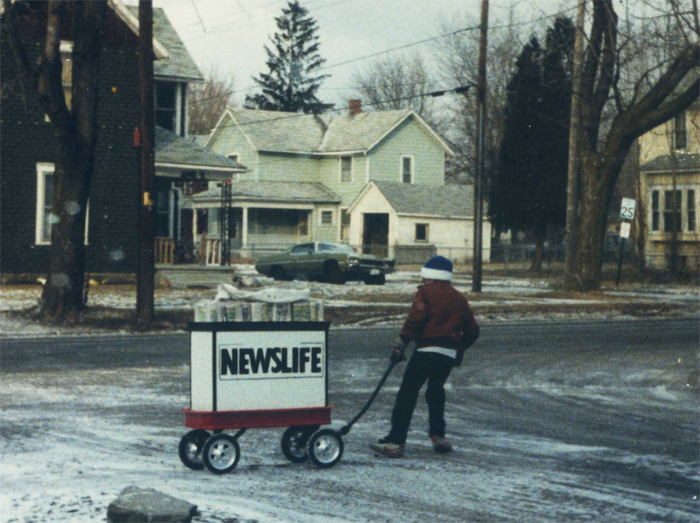
I grew on the corner of Silver Street and Rose Avenue, and my memories of the old neighborhood are still vivid: Collecting scrap and taking it to Malo’s for extra money. Watching striking Alloy Cast Steel workers chasing scabs down Rose Avenue. Sitting out on the front porch on warm summer nights and listening to the drunks carry on in the parking lot of the Hub Bar. Delivering Newslife on bitterly cold Sunday mornings up and down Chestnut, Owens and Leader Streets. And the trains! Good Lord, everybody in the West End knows about the trains. The blare of their whistles and the sight of cars backing up on Silver Street as the trains rumbled by were a daily occurrence.
This isn’t a ghost story or a true crime account or an urban legend. Rather, this is just a bit of reflection, shaped by what I know about Marion’s West End history as well as my own experiences growing up there.
The Rise of the West End
The West End is an older part of town and for years was Marion’s industrial heart. But to understand the industrial development in this part of town, we have to go further back to the establishment of Marion’s railroads.
Marion’s first rail traffic began in the early 1850s and the Union Station Depot opened in 1902.¹ By 1907 Marion had, according to the History of Marion County, “the best railroad facilities of any city of its size in the State.”² David Luyster, a member of the Marion Union Station Association, estimates that, even today, 70 to 75 trains a day pass through Marion.
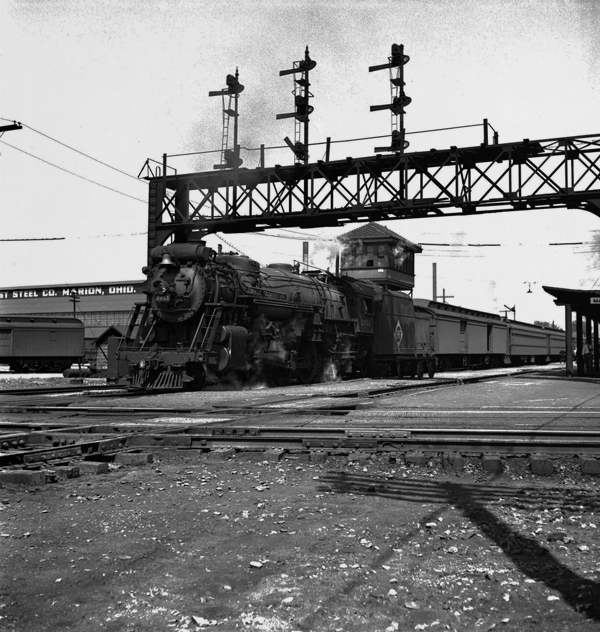
By the beginning of the 20th century, Marion’s well-developed rail system had led to the establishment of manufacturing. Raw materials came in via the railroads, and finished goods shipped out via the railroads.
An overview of some of these manufacturers:
- The Marion Steam Shovel Company (later Marion Power Shovel), which was located on West Center Street, dated back to 1884.³
- By 1903 more than 300 workers were employed at the Fairbanks Steam Shovel Company at their facility just off of Leader Street at the intersection of the Erie, “Big Four,” Pennsylvania and Hocking Valley railroads near Leader Street.⁴
- In 1927, Wilson Bohannan Tway moved his lock company from Brooklyn to Marion, and the factory, located on Buckeye Street, is still in business.⁵
- The Marion Brewing and Bottling company on Bellefontaine Avenue was up and running by 1895.⁶
- The Susqhehanna Silk Mill (later the site of Tecumseh) on Joseph Street opened in 1902 and employed over 300 women.⁷
- The Marion Malleable Company was established in 1905 when it took over the Marion Malleable Iron Company on West Center Street which had already been in business for 20 years. The company later became the American Malleable Castings Company.⁸
- John D. Owens established the Alloy Cast Steel Company at the end of Rose Avenue in 1926.⁹
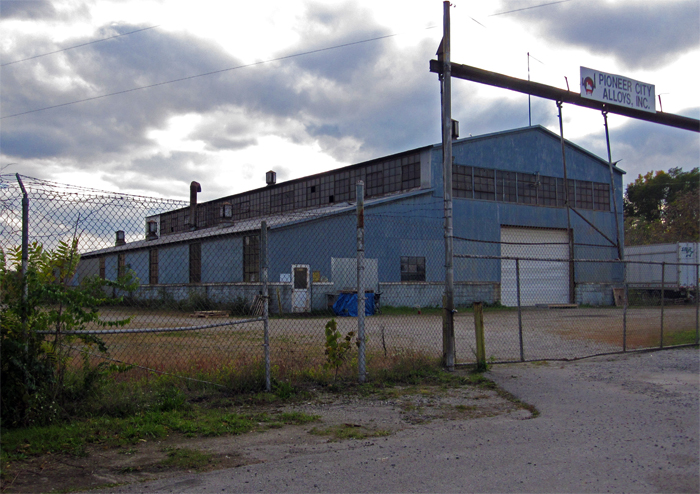
(Note: Though not, at least according to my definition, located in the West End, two other Marion industrial behemoths took advantage of Marion’s rail lines. The first was Huber Manufacturing, which Edward Huber founded in 1874. It was located on North Greenwood Street.¹⁰ The second was Nucor Steel, located on Cheney Avenue. The Interstate Iron and Steel Company began producing steel at this site in 1916. Over the years, it was also known as the Pollak Steel Company, Armco, Inc., and the Marion Steel Company. Nucor took over the operation in 2005.¹¹)
Of course, much of Marion’s industry is now located outside of the West End or gone altogether. But the neighborhoods that sprang up in this part of town during Marion’s industrial heyday are still there. Many have existed for well over a 100 years at this point, and a lot of interesting stories have come out of these neighborhoods. Some of these stories are even weird, creepy or macabre enough to end up on this web site.
The West Enders Themselves
West Enders have never been rich, but for the ones who found steady work in the factories, foundries or railroads, a modest version of the American Dream – starting a family, buying a house – seemed possible. A lot of families settled in the West End and stayed there. (Some families in the West End became so established that even today in Marion they practically constitute clans. Growing up, it seemed like half the West End was named Malone, Brammer, Blevins, Manaci, McGary, Crabtree, Large.)
It wasn’t unusual to find West Enders married to people they’d known since childhood. Nor was it unusual to find multiple family members all living on the same block or street. As a girl, my mom lived on Lee Street for years while my dad spent his entire childhood on Euclid Avenue one street over. When my parents bought a house on Silver Street in the 70s, just about all of my relatives lived within walking distance. My point is that, for me, the West End was always a place where the ties of blood and social class are probably stronger there than in other parts of Marion. This part of town has always been somewhat insular and gossipy. Thus, stories – even questionable ones that involve ghosts and urban legends – have always made the rounds there.
Let’s be honest. The West End has always been rough. The so-called “bad” part of town, the “poor” part of town, the part of town where all of the black families lived in what was referred to for years as “Shanty Town” or the part of town where families from southern Ohio and Kentucky lived after coming to Marion on the “Hillbilly Highway” (as Route 23 was known) to find work in the years following World War II.
It’s been through some rough patches, and events that affected a lot of the country hit the West End especially hard: the Great Depression in the 1930s, factory closings in the 1980s, the opioid crisis now. To put it bluntly, crime has never been uncommon in the West End, and a disproportionate number of murders have occurred there.
For all of its shortcomings, though, the West End holds a special place in the hearts of a lot of people. Whether you’re someone who left the West End for life elsewhere, as I did many years ago, or you still live there today, we don’t forget where we came from. Growing up there left us with a belligerent pride, a scrappy self-confidence: “Don’t mess with me, man! I’m a nice guy, but I grew up in the West End and ain’t above mashing you in the mouth if I have to!”
West Enders, the stories collected here, more often than not, belong to you.
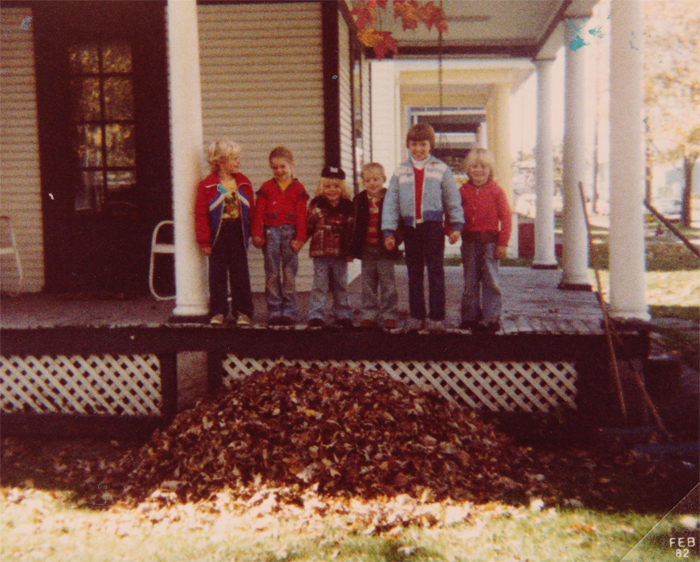
~ Josh Simpkins
Sources:
¹ Winland, Randy. Marion (Postcard History). Charleston, SC: Arcadia Publishing, 2013. pp. 69-70.
² Jacoby, John Wilbur, ed. History of Marion County, Ohio, and Representative Citizens. Chicago, IL: Biographical Pub. Co., 1907. p. 142.
³ Marion Mining and Dredging Machines: Photo Archive. Hudson, WI: Iconografix, 2002. p. 4.
⁴ Jacoby, John Wilbur, ed. History of Marion County, Ohio, and Representative Citizens. Chicago, IL: Biographical Pub. Co., 1907. p. 150.
⁵ “About Wilson Bohannan.” https://www.padlocks.com/about-wilson-bohannan-history.html.
⁶ Winland, Randy. Marion (Postcard History). Charleston, SC: Arcadia Publishing, 2013. p. 66.
⁷ Winland, Randy. Marion (Postcard History). Charleston, SC: Arcadia Publishing, 2013. p. 68.
⁸ Jacoby, John Wilbur, ed. History of Marion County, Ohio, and Representative Citizens. Chicago, IL: Biographical Pub. Co., 1907. p. 150.
⁹ “Illness Fatal to John D. Owens.” The Marion Star 24 June 1929: p. 5.
¹⁰ http://www.hubermuseum.com/brochure-pg-1.html.
¹¹ “Nucor Steel Celebrates 100 Years.” The Marion Star 6 August 2016.
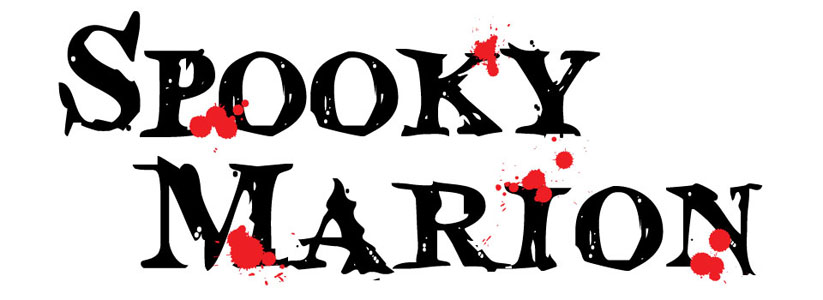
I was a west ender myself growing up on Brentwood Dr. And my grandparents lived on Avondale Ave. I loved it.
Great read. Thanks for the info. Enjoyed it a bunch.
I was an east ender and Grandview Estates type. My mother was a social worker in the late 70s, and I’d ride along with her some days during the summer months. We spent a lot of time on the west side of town. I always remembered Sims junk yard and Spike Conley’s gun shop over there. I’d go to Spike’s on the weekends with my dad.
I grew up on Lee Street, and knew a lot of Simpkins. The West End runs deep in my veins for sure
I grew up on Euclid and went to church on Lee. I grew up with Bob Malone and Phil Hatch.
When I was around 5 or 6 years old, my parents lived Park Blvd. Got a lot of friends and relatives in the West End.
My great grandparent lived on Lee Street in the 1920s in a house that appears to be gone now. We still have family there now. Dad and Mom moved away in 1950 but Lee St is still part of visiting Marion for us.
I have lived in the home that I bought in 2010. 592 Silver Street in Marion, Ohio.
Edward St. in the 1950s. What memories. Sounds like it had not changed much by 1980s.
My grandpa lived next to you in the yellow house on Silver. His name was Al Beringer. My sister and I stayed with him sometimes. Grandpa used to let us play at your house. You had a tree house and a pool in the backyard. My name is Chrissy, by the way. I have many fond memories of growing up on the west side. We lived on Thompson and my grandma lived on Bartram.
Hi Chrissy, that’s so cool! Yeah, of course I remember Al. And his dobermann. 🙂
I often visited my great-aunts Erma and Wilma on Thompson. There were lots of family members on that street.
Early 80s, by the way.
I grew up on the west side. My father and most of my family members came from Georgia (not from WV and Southern Ohio). They came “north” for a better life and to distance themselves from sharecropping (another form of systemic slavery). I don’t know what part of the westside you are referring to as “shantytown”. We lived IN A HOUSE on Cass Ave and our cousins lived on Edward St. We will be sharing “our” experiences as Black People growing up back in the day on the Westside of Marion Ohio. Everyone has their own story.
Hi Mary, I’m not sure how old you are (I’m 46), but people in Marion of my parents’ and grandparents’ generation (both black and white) definitely referred to part of the west end as “Shantytown”. I didn’t come up with the term. My point of including it in the article was to demonstrate that working-class blacks and working-class whites lived in the same part of town. The west end of Marion was probably the most mixed (racially) part of Marion for a long time. Here’s an article from the Star about the Shantytown softball team back in the 1940s if you’re interested: https://www.spookymarion.com/wp-content/uploads/2022/05/shantytown.jpg
Kind regards,
Josh Simpkins
For some reason, your name rings a bell. I know you but I don’t know you. I can’t put your face with the name, but I grew up on Emerson Avenue my whole life. This is the best end of town. Everybody knows everybody, and when there’s something or someone new in the neighborhood, everyone finds out really quick what’s going on and who it is.
If you’re a Malone, there’s like a 99% chance we’re related. My grandma was Lelia Simpkins, but her maiden named was Malone. Her dad was Samuel Malone, and he had something like 22 or 23 kids, many of them coming up to Marion from Meigs County.
– Josh Simpkins
I lived at 399 Waterloo in the 1950s. We had a garden in the two lots south of the house. Two houses south was Elijah Robison’s garage. My dad worked at the Marion Power Shovel Co. until we moved back to Ross County on May 13, 1950. We walked to Glenwood Elementary School and shopped at Barnhart’s Grocery on the corner of Bennett and Waterloo. The school Principal was Paul Bingham. My first grade teacher was Miss Vermillion in 1945. I’d not have known the place last year when my uncle and I drove by there. We did find where my grandfather lived about 1910.
Your name rings a bell to me. I grew up on the west end, and my name is Jeffery Young. My mother raised 14 children in Toledo Ave. My father worked for the Alloy Cast Steel. He also worked for Lord’s Jewelry and had a watch business at our house on Toledo Ave. until he passed away in 1972. I have a lot of good memories of the west end. I have never heard of any part of the west end called Shantytown. I’m sitting here in Port Charlotte, Florida, where I live. Reading this to two of my sisters, Jewell Beatty and Brenda Bosh. They said they’ve never heard of Cass Ave. ever being called Shantytown. We have never forgotten our roots. Thanks, Jeffery Young
I did not grow up in Marion, but visited it frequently in the 60s. My mother lived there briefly on Herman Street and then was orphaned and placed into Berean Christian Orphanage. Years later, we returned to visit. Her mother (my grandmother) had remarried and lived on Bellefontaine Avenue. We used to frequent a small grocery store named Schneider’s for penny candy or groceries. A must stop on every visit was Isaly’s for Klondike bars. My grandmother’s brother-in-law used to be a day watchman in earlier years for the railroad nearby. Thanks for sharing this story and good to hear others’ memories